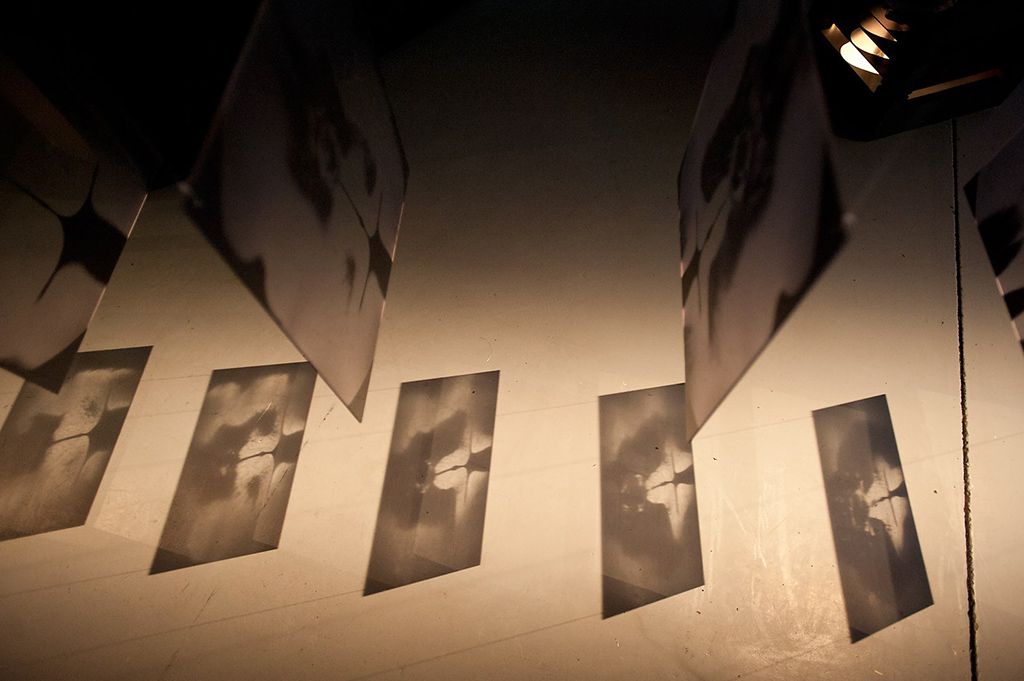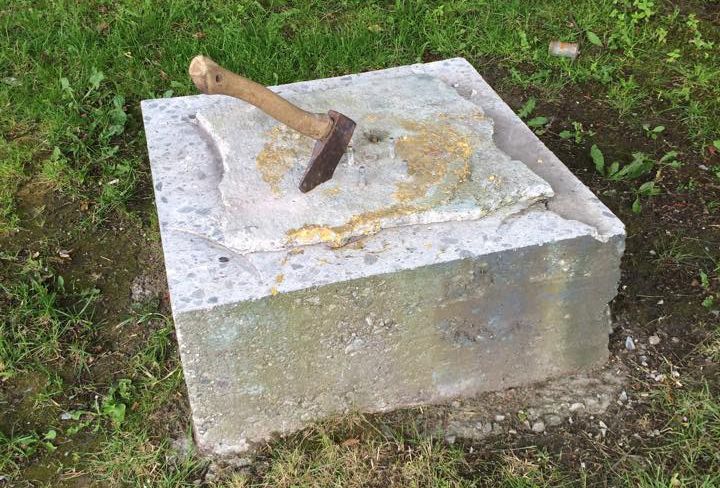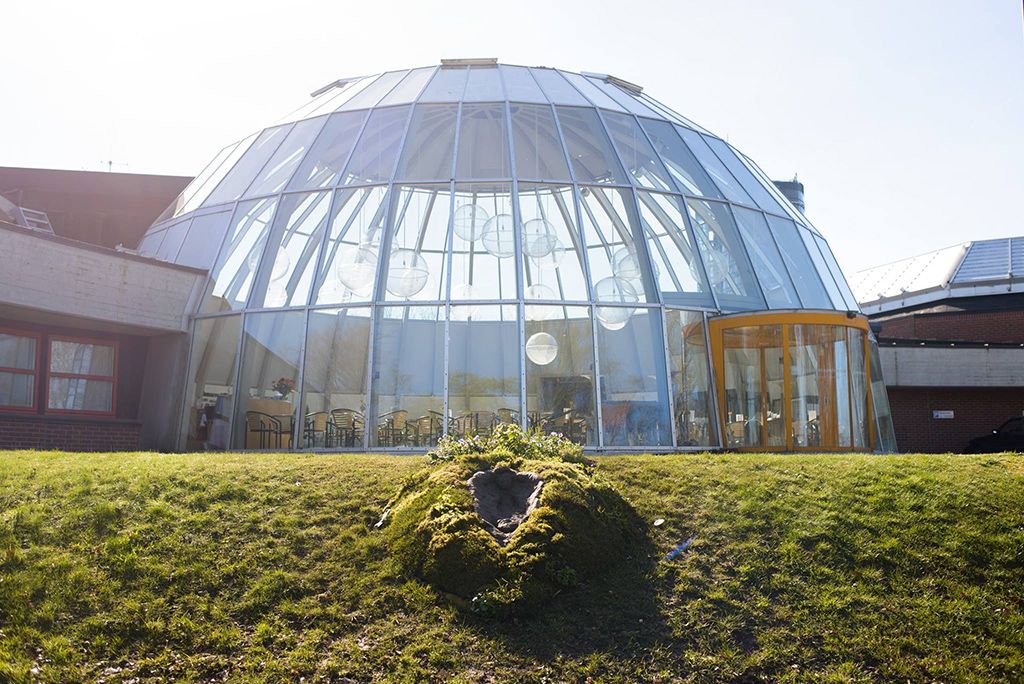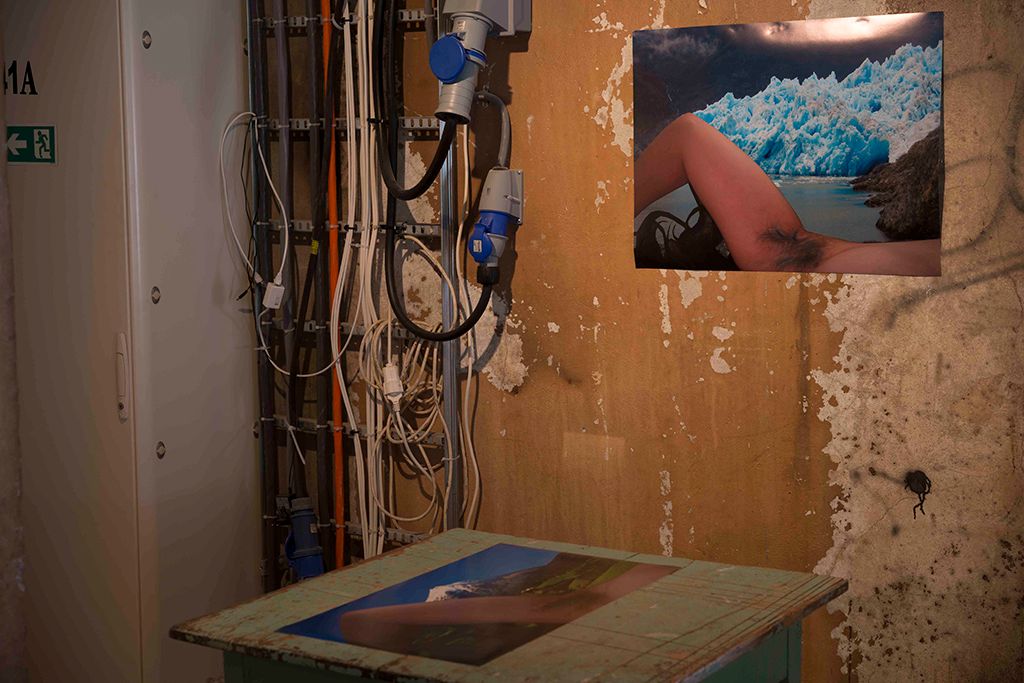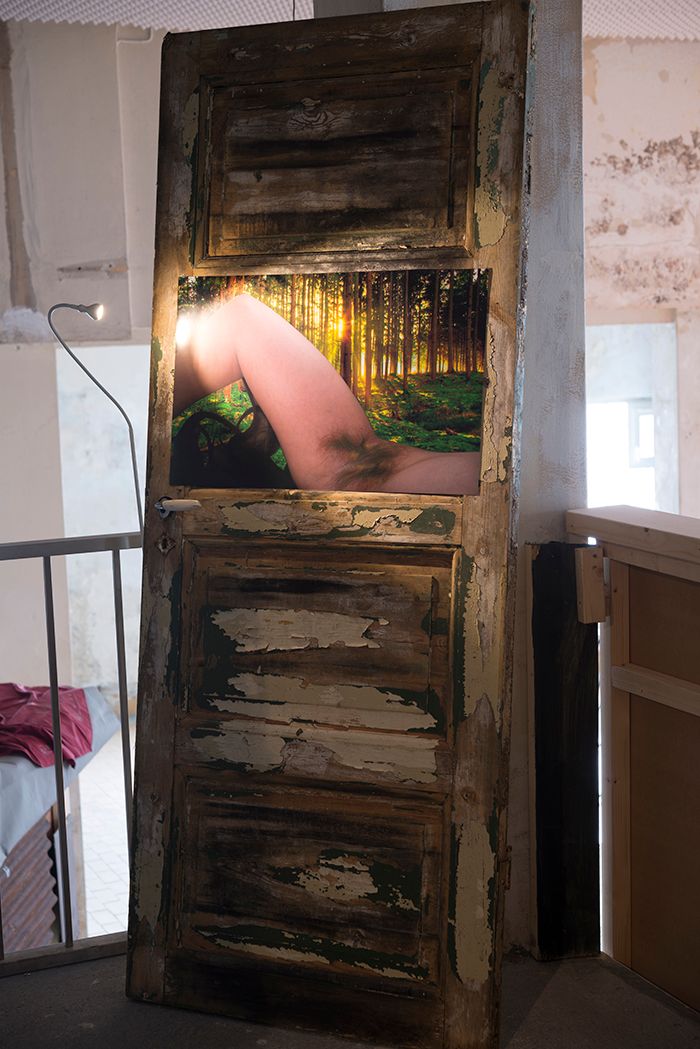Siri Borge (b. Stavanger, Norway, 1985) studied art in Oslo, Bergen and Malmö before returning to Stavanger the spring of 2014, where she since has been based.
Borge’s artistic practice is usually motivated by political subjects, such as feminism, cultural politics and environmental issues. In her latest works, she focuses on the female body, working with its relation to medical science and beauty ideals. Her approach to art is often colored by satire and sarcasm with undertones of activism. Use of media varies from sculptural, photographic and video based elements, often put together in larger installations.
Borge is currently working on several projects in Stavanger including Galleri Artilleri, a limitless project space where public space is the main focus. In addition, Borge has worked as a gallerist and curator at Studio17 for over two years. She is also on the board of the political union for local artists, and has recently published an art critique in the Norwegian magazine Billedkunst.


